Cooking Tips for Authentic Indian Home Cooking
When working with Cooking Tips, simple, actionable advice that improves flavor, texture, and nutrition in Indian dishes. Also known as cooking advice, it helps home cooks bridge the gap between recipe reading and real‑world results. Cooking tips aren’t just tricks; they’re the glue that holds technique, ingredient choice, and health together.
One of the biggest pillars of Indian cooking is Spices, the aromatic powders and whole seeds that define regional flavor profiles. Choosing the right spice blend can turn a bland dal into a mouth‑watering centerpiece, while over‑spicing can drown delicate notes. Another core pillar is Fermentation, the natural process that develops depth in batters, yogurts, and pickles. Proper fermentation not only boosts taste but also adds probiotic benefits, making dishes like dosa and idli easier to digest. Finally, Nutrition, the balance of protein, carbs, and micronutrients in each meal, guides choices such as using paneer versus tofu or adding lemon to biryani for better texture. These three entities—spices, fermentation, nutrition—interact constantly: spices influence fermentation rates, fermentation can enhance nutrient absorption, and nutrition informs which spices best complement a dish.
How These Tips Translate Into Everyday Cooking
Understanding the link between cooking tips and the ingredients you use saves time and money. For example, adding a pinch of lemon juice to biryani (a tip highlighted in our posts) not only brightens flavor but also helps keep the rice fluffy, showing the spice‑nutrition‑technique triangle in action. Similarly, knowing whether roti needs baking powder or extra oil—another common tip—affects the bread’s softness, directly tying technique to texture outcomes. When you ask, “Why isn’t my dosa fluffy?” the answer often lies in the right amount of baking soda and a short, warm fermentation, blending three core concepts into a single solution.
Every tip we share is rooted in real kitchen science. Whether it’s the reason curd is added to dosa batter for better fermentation, or why lemon curdles milk and can be repurposed into paneer, each piece of advice connects back to the central idea of improving your cooking experience. By mastering these fundamentals—spice balancing, proper fermentation, and nutrition‑aware adjustments—you’ll be able to troubleshoot issues like flat rotis, soggy chutneys, or bland curries without flipping through endless articles.
Below you’ll find a curated list of articles that dive deeper into each of these areas. From the chemistry behind lemon in biryani to the health facts about dal, the collection covers a wide range of practical insights. Browse through, try a few tips in your next meal, and watch your kitchen confidence grow.
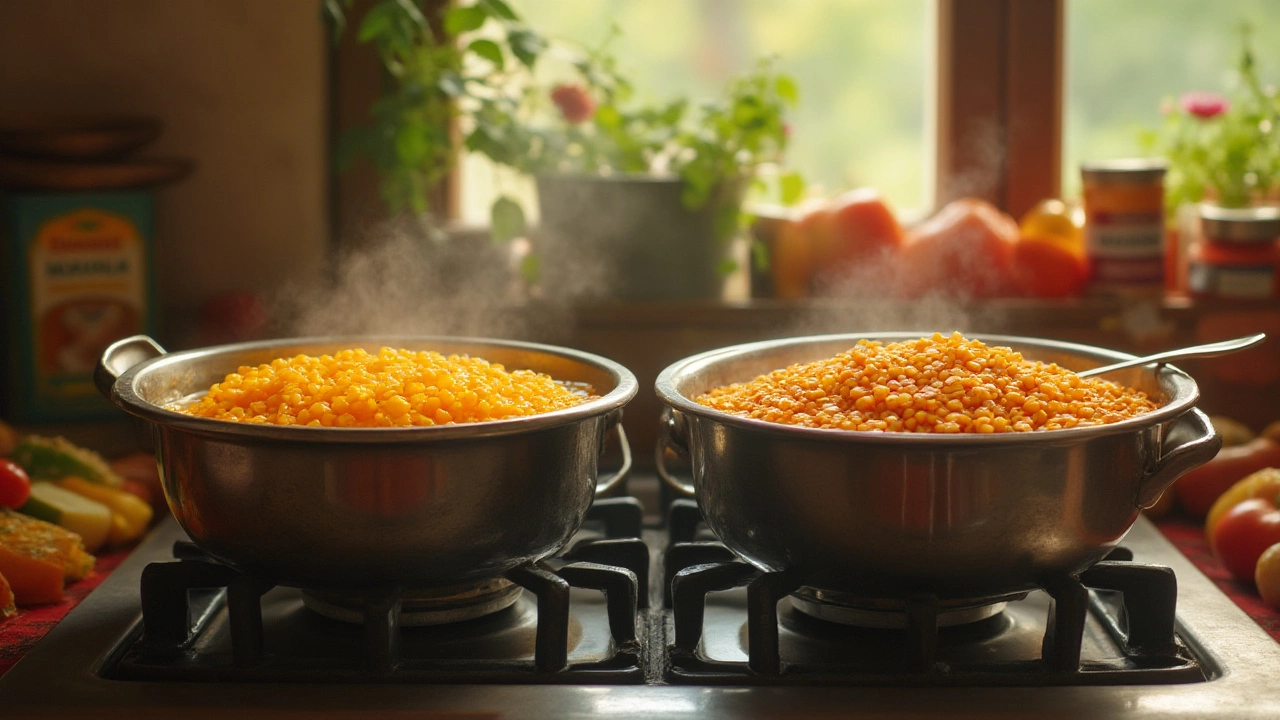
What Happens If You Don't Soak Dal? Health, Nutrition, and Cooking Explained
Ever wondered if you can skip soaking your dal? Here’s what actually happens when you don’t soak lentils, including health effects, cooking time, and taste.

Baking Soda in Roti: Should You Use It or Not?
Curious if you should add baking soda to roti? Get the facts, expert cooking tips, and see how a pinch of soda can change texture, taste, and tradition.

What Makes Curry So Creamy? Secrets to Creamy Indian-Style Curries
Ever wondered what makes a curry creamy? Dive into the secrets behind silky curries, key ingredients, practical tips, and tricks to create your own luscious dishes at home.
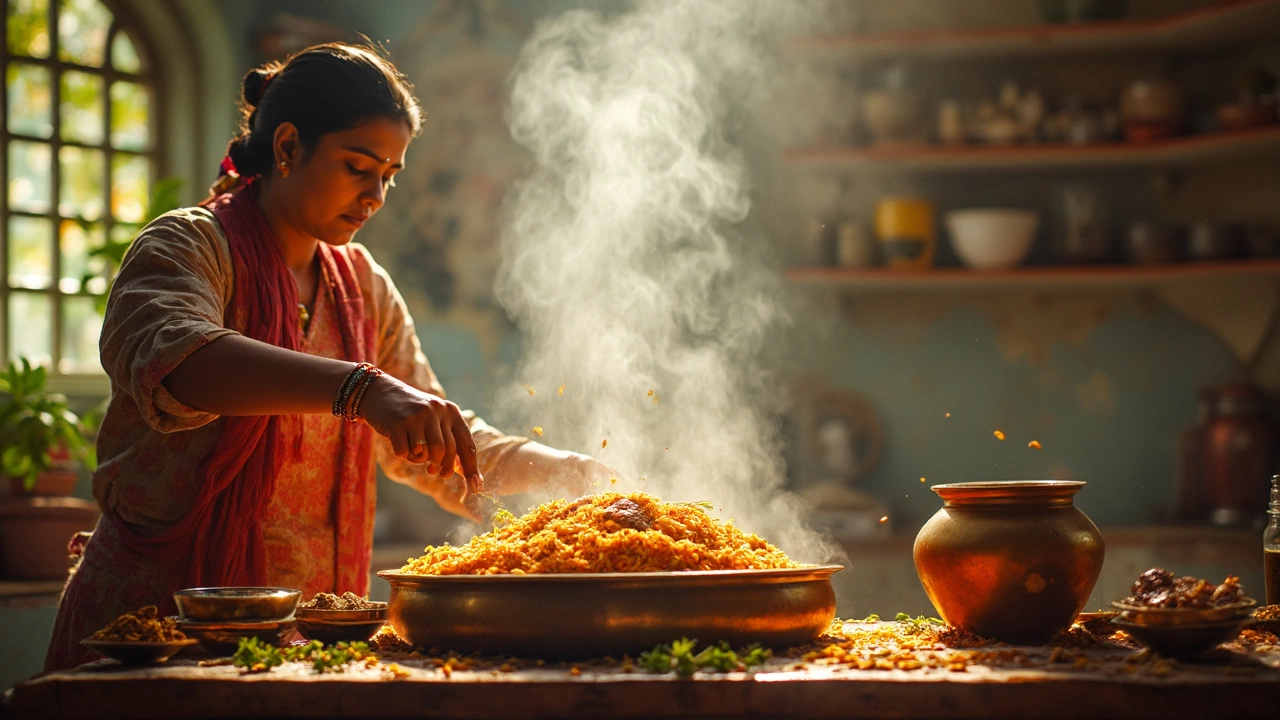
What is the Secret of a Good Biryani?
Biryani isn’t just a dish; it’s a challenge. Everyone wants that perfect mix of fluffy rice, tender meat, and that unmistakable aroma wafting through the kitchen. This article breaks down what really makes a biryani unforgettable and gives practical tips you can actually use at home. Dive into expert tricks—like why the right rice matters and how to get those rich flavors layered just right. Find out which common mistakes home cooks make, and get ready to level up your next biryani.
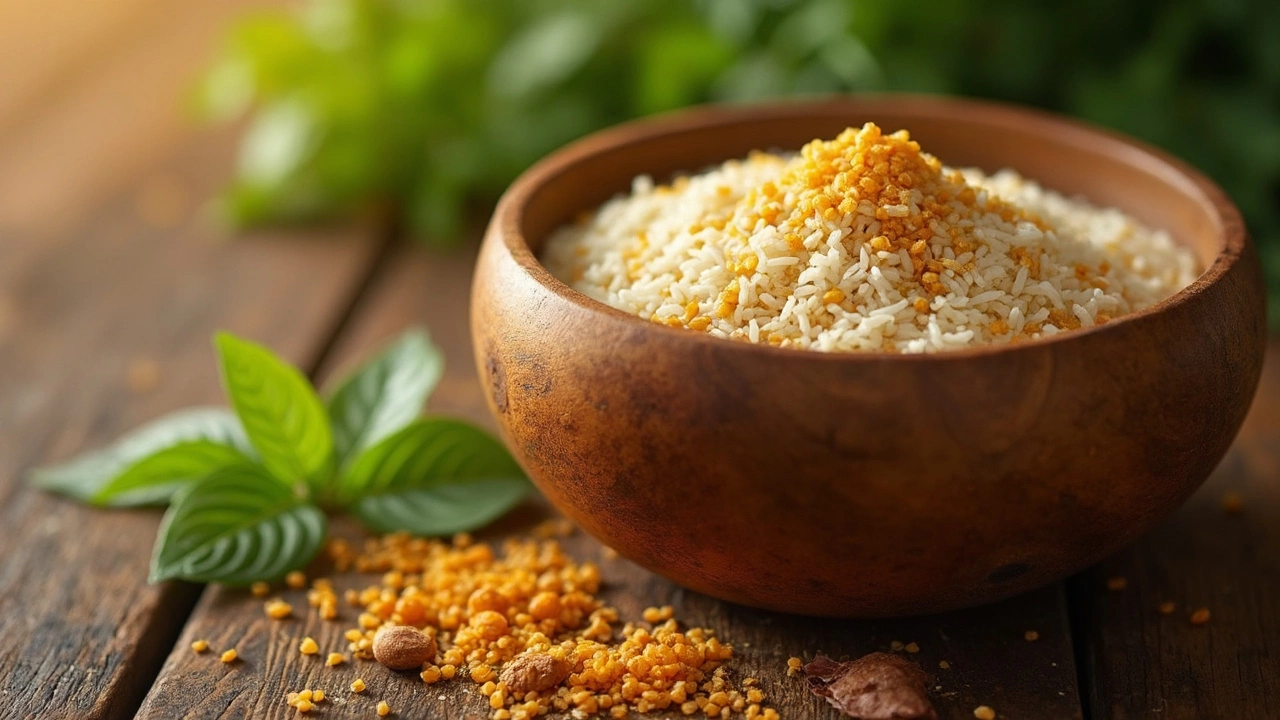
Ideal Urad Dal to Rice Ratio for Perfect Dosa Batter
Discover the perfect ratio of urad dal to rice for making dosa batter that yields crispy yet fluffy dosas. Learn tips for soaking, grinding, and fermenting to enhance the taste and texture. Perfect your dosa-making skills with these helpful insights!
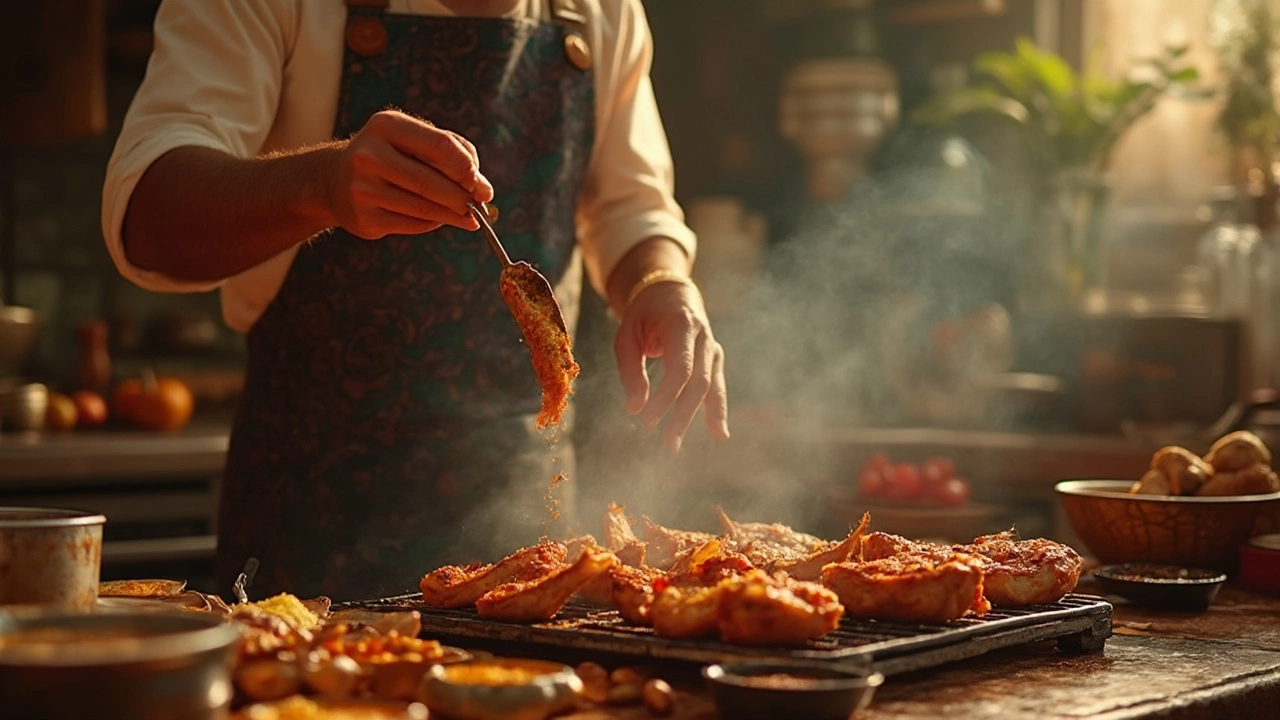
Unraveling the Secrets of Tandoori Chicken Sauce
Tandoori Chicken Sauce is the star of many Indian dishes, known for its vibrant flavors and mouth-watering aroma. Made with a base of yogurt and a blend of spices, this sauce adds a rich taste to grilled meats. It is not only easy to prepare but also customizable to suit different palates. Discover the essential ingredients and tips to create this authentic Indian delight at home.

Quickly Making Dosa Batter Rise Without Yeast: Your Go-To Guide
Making dosa batter rise quickly without yeast might seem challenging, but it's actually doable with a few simple tricks. This guide explores practical methods to get that perfect fermentation. Discover the importance of ingredients, optimal soaking times, and useful climate tips. With the right techniques, you can achieve a perfectly fluffy dosa batter in no time. Say goodbye to waiting all night for fermentation!
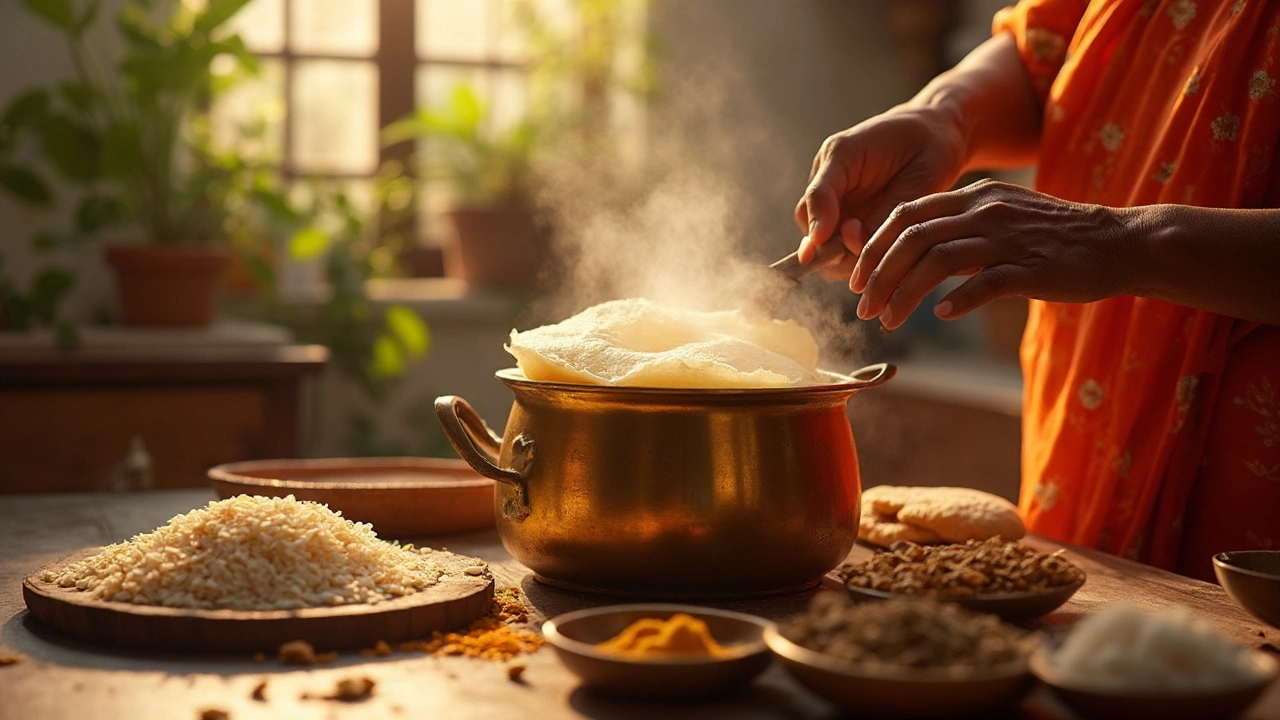
Speed Up Your Dosa Batter Fermentation Without Using Yeast
Unlock the secret to speeding up dosa batter fermentation without relying on yeast. This guide explores practical methods embraced by seasoned home cooks. Get hands-on advice on ingredients, understanding ideal fermentation, and storage tricks. Whether you're a busy parent or a foodie, discover ways to make your dosa batter ready in less time.

Speedy Tips to Ferment Dosa Batter Using Natural Ingredients
Discover practical tips to speed up the fermentation of dosa batter using natural ingredients. This article provides step-by-step methods for perfect dosa batter, highlighting ways to optimize the process without sacrificing flavor. Learn about the role of temperature, ingredients, and time to create delicious, crispy dosas. Unlock the secrets of traditional techniques enriched with modern insights.
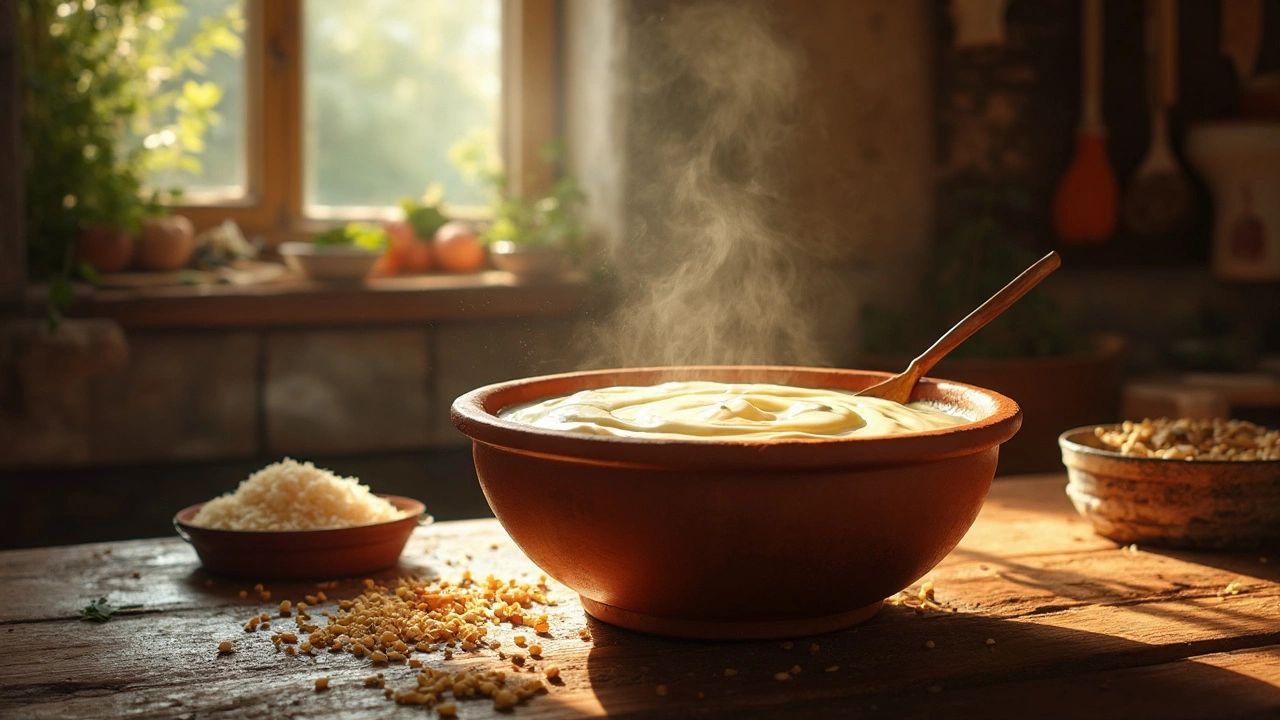
Fast and Flavorful: Dosa Batter Fermentation Tricks Without Yeast
Making dosa batter without yeast is a traditional art that assures both quick fermentation and rich flavor. This article breaks down yeast-free methods using readily available ingredients like fenugreek seeds and poha. Discover how warm climates and simple room-temperature tricks can transform your batter. Read on to learn how to speed up the fermentation process and enjoy crispy dosas.

10 Secrets to Speed Up Dosa Batter Fermentation Naturally
Speeding up dosa batter fermentation can be a game-changer for those craving this delicious South Indian staple but are short on time. This article unveils natural methods to boost the fermentation process, ensuring a fluffy, soft dosa without any chemical shortcuts. From choosing the right ingredients to optimizing room temperature, each tip is practical and easy to implement. Whether you're a seasoned chef or a curious foodie, these insights will enhance your dosa-making skills significantly.

Quick Dosa Batter Fermentation Hacks Without Yeast You Must Know
Fermenting dosa batter without yeast can be a bit tricky since yeast plays a significant role in the rising process. However, several hacks can simplify the fermentation process, making it quicker and more reliable. Utilizing natural ingredients you might already have at home can save time and improve results. By understanding how temperature and environment play a role, you can ensure your dosa batter ferments perfectly every time. Discover these simple yet effective tricks to get your dosa batter ready without relying on yeast.